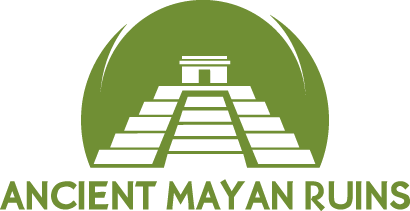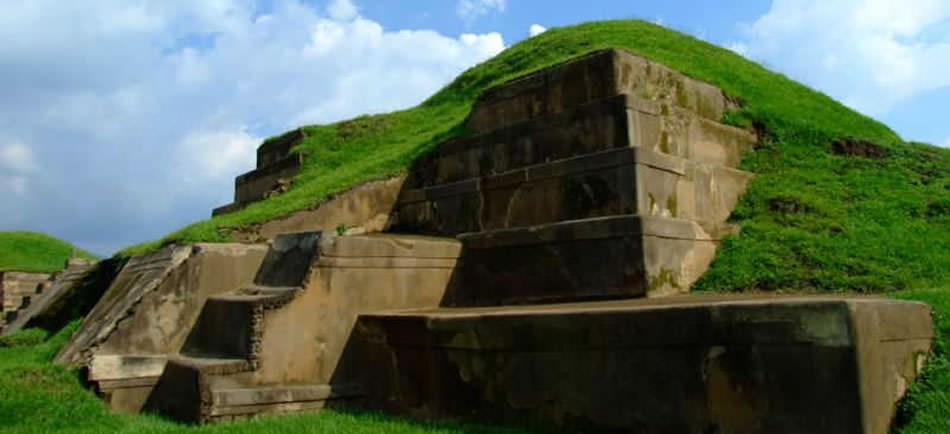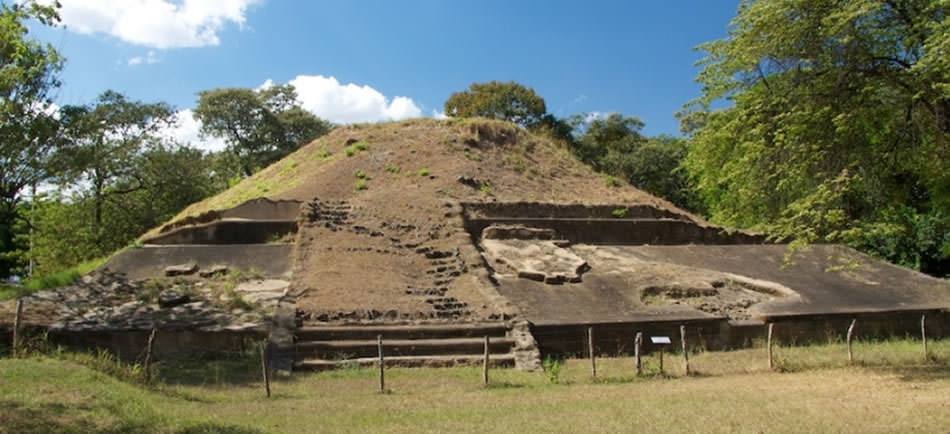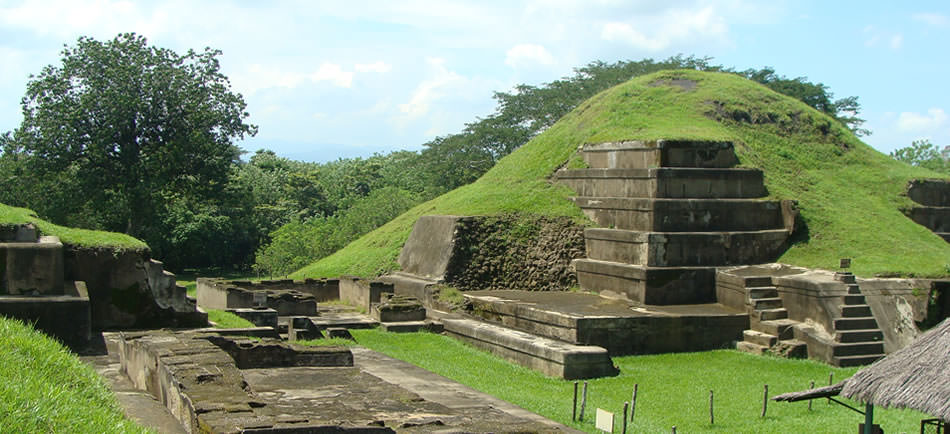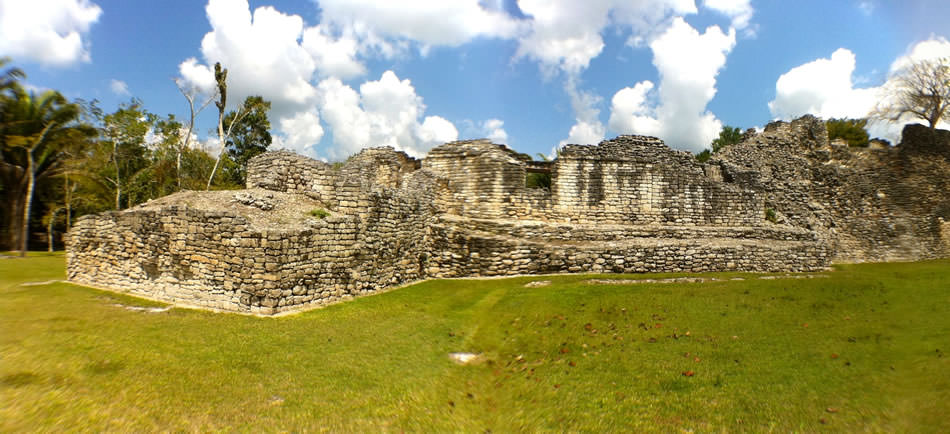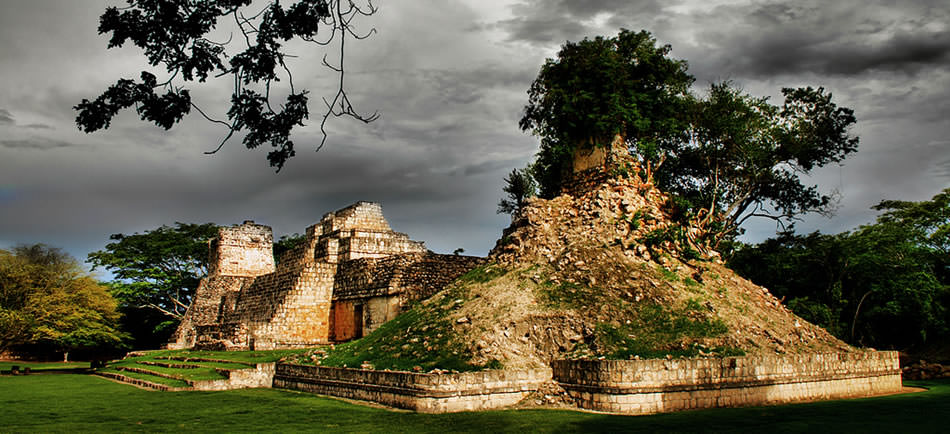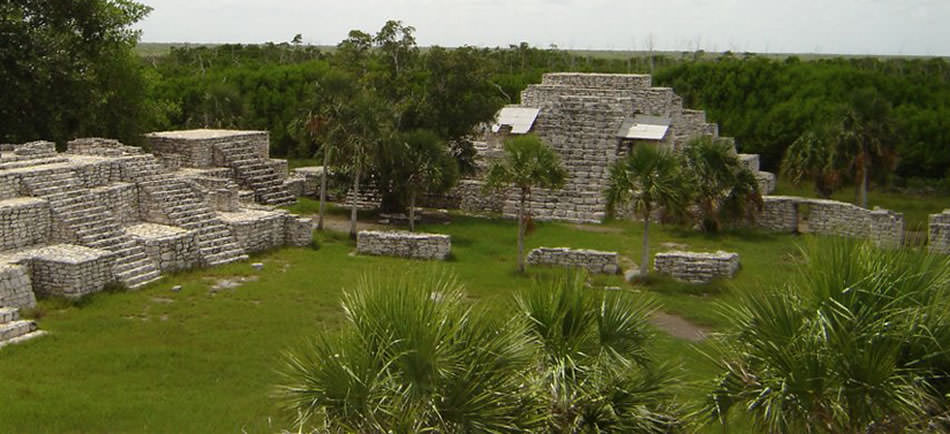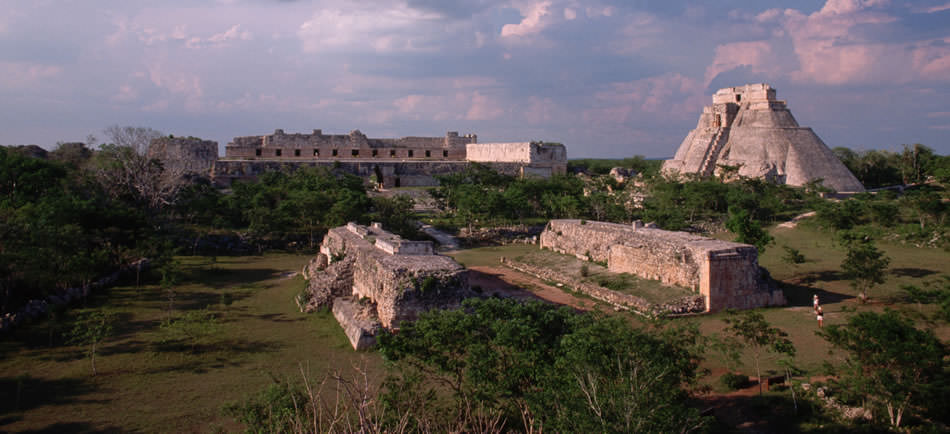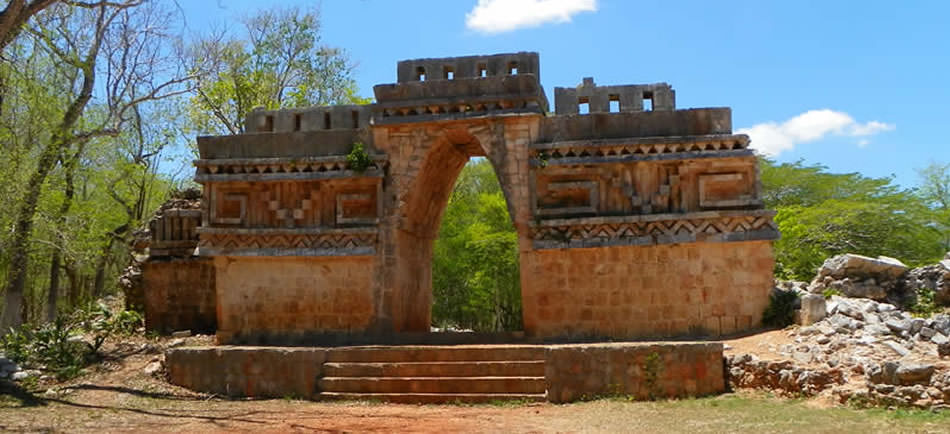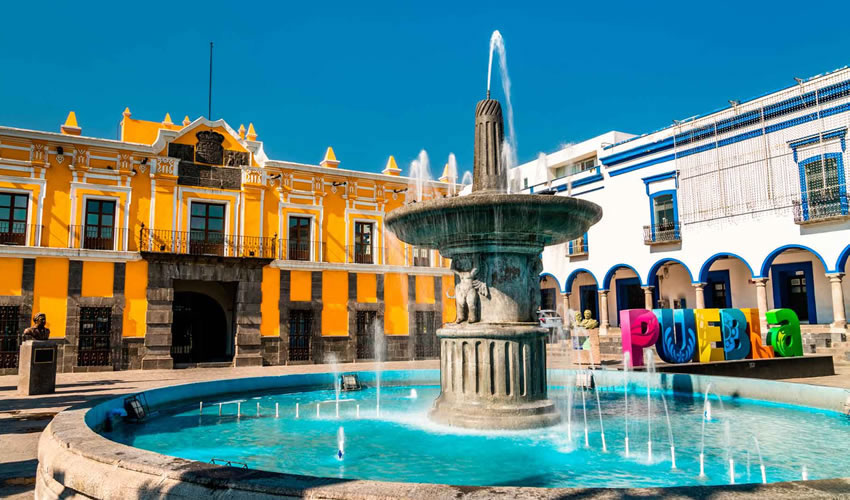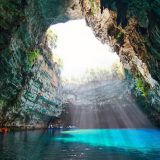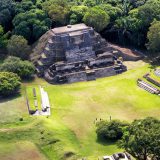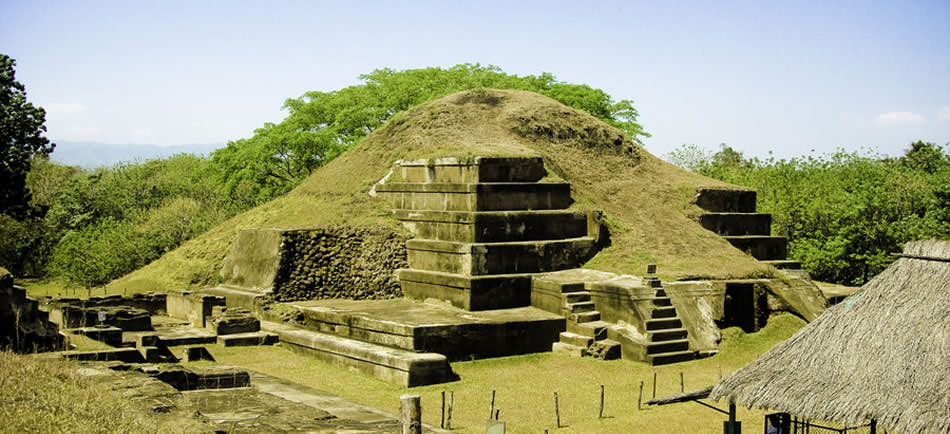
Tazumal
Tazumal is a Pre-Columbian Maya archeological site in Chalchuapa, El Salvador. Tazumal is an architectural complex within the larger area of the ancient Mesoamerican city of Chalchuapa, in western El Salvador. The Tazumal group is located in the southern portion of the Chalchuapa archaeological zone. Archaeologist Stanley Boggs excavated and restored the Tazumal complex during the 1940s and 1950s.
Archaeological investigations indicate that Tazumal was inhabited from the Classic period through to the Postclassic and that the site had links as far afield as central Mexico, the northern Yucatán Peninsula and lower Central America. Metal artefacts from the complex date to the 8th century AD and are among the earliest metal artefacts reported from Mesoamerica.
Location
Tazumal is situated within the municipality of Chalchuapa in the department of Santa Ana, within the Río Paz drainage basin. The ruins are at an altitude of 720 metres (2,360 ft) above mean sea level. It is about 120 kilometres (75 mi) from the contemporary Maya city of Kaminaljuyu. Tazumal is 4 kilometres (2.5 mi) southwest of the small Late Classic site of Alumulunga.
History
Chalchuapa was inhabited since the Preclassic period, when massive construction activity took place. Around the boundary between the end of the Late Preclassic and the start of the Early Classic, construction at Tazumal was interrupted by the eruption of the Ilopango volcano, some 75 kilometres (47 mi) to the east of the city. This eruption caused a hiatus in construction activity at Tazumal that may have lasted several generations. Activity resumed during the Early to Middle Classic (c. AD 250-650) although the city never fully recovered to its Preclassic levels of activity. The Tazumal complex came closest to matching the enormous structures of the Preclassic period.
The principal structures of the Tazumal group date to the Classic period (c. AD 250-900) of Mesoamerican chronology. By the Late Classic (c. AD 600–900) Tazumal was an important ceremonial complex. Construction activity is evident from the Early Classic through to the Middle Classic (c. AD 400–600). At this time Tazumal had important links with the Maya city of Kaminaljuyu in the Valley of Guatemala, which acted to extend the influence of the powerful central Mexican city of Teotihuacan into the Pacific coastal areas of Guatemala and El Salvador. During the Late Classic Tazumal had links with Copán in Honduras, as evidenced by architecture, sculpture and ceramics at Tazumal. The ceramic sequence at Tazumal continues uninterrupted from the Classic period through to approximately AD 1200. A number of Early Classic features indicate links with Chichen Itza, in the northern Yucatán Peninsula, or with Tula in central Mexico.
The population of Tazumal coexisted with the Nahua-speaking Pipils from the Classic through to the Early Postclassic until at least AD 1200. The Pipil influence may have been due to trade with neighbouring Pipil populations rather than a direct Pipil presence, judging by the level of evidence.
After 1200, Tazumal was largely abandoned, with occupation shifting westwards towards the centre of what is now the modern town of Chalchuapa. Chalchuapa was still occupied at the time of the Spanish conquest, at which time its inhabitants were Poqomam Maya. The Pokomam are believed to have been relatively late settlers in Chalchuapa, postdating the Pipil influence that lasted until 1200.
Between 1942 and 1944 Stanley Boggs excavated and restored structures B1-1 and B1-2. This restoration included coating the structures with modern cement, which Boggs judged to be sufficiently similar to their original appearance as to justify its use. Boggs’ final report was not made generally available and no further archaeological investigations were carried out until the early 21st century.[16] In 1947 Tazumal was declared a National Historic Monument. Until 2001, the Salvadoran 100 colón note carried an illustration of the ruins of Tazumal. In 2004, the side of Structure B1-2 collapsed and the Salvadoran Consejo Nacional para la Cultura y el Arte (CONCULTURA – National Council for Culture and Art) initiated operations to excavate and stabilise the ruins. During the first decade of the 21st century, two simultaneous archaeological projects were initiated, the investigation of Structure B1-2 by CONCULTURA and the Proyecto Arqueológico de El Salvador (PAES) by the Japanese University of Nagoya.
Metal artefacts
Three gold ornaments have been excavated from Tazumal. They were created using the lost wax method and have been tentatively dated to the 8th century AD; their presence indicates contacts with lower Central America. These, together with some contemporary metal artefacts from Copán, are among the earliest reported metal artefacts from Mesoamerica. These items were recovered from a Late Classic tomb and at least one item was a traded artefact from the Isthmus of Tehuantepec.
